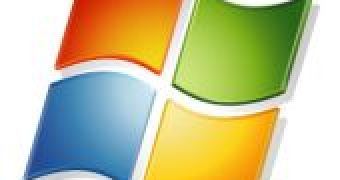The adoption of a technology is always a lengthy process, and it seems that USB 3.0 will make no exception to this rule. According to an Intel representative, it will be another couple of years before USB 3.0 will be able to replace its predecessor, version 2.0, which is currently ubiquitous. This, despite the obvious advantages offered by USB 3.0, especially related to data-transfer speeds. Intel Manager Steve Peterson, attending the CeBIT Global Conference in Hannover, Germany, revealed that he expected USB 3.0 to become mainstream only with the advent of the next iteration of the Windows client, Windows 8.
Microsoft released Windows 7 to the public on October 22nd, 2009, at which time it had already kicked off the planning process for its successor. By all estimates, Windows 8 is expected to be released by the end of 2011, but more probably in 2012. Microsoft has yet to announce any specific details related to the timetable, the development process or what the OS will bring to the table.
However, it is clear, from what Peterson told Heise Online, that Intel is working with Microsoft to ensure that Windows 8 will fully support USB 3.0. Although products featuring the technology have already started rolling out after the 2010 Consumer Electronics Show in Las Vegas, Peterson expects only high-end PCs to feature USB 3.0, as a general rule, at least for the coming years. The CPU maker expects Windows 8 and the evolution of computers to make USB 3.0 ubiquitous, but, obviously, Intel is not overoptimistic when it comes to the mainstream adoption of the technology.
Speculation already indicated that the first service pack for Windows 7 might include USB 3.0 support. Microsoft has yet to confirm or deny this piece of information, but the company certainly wasn’t the source. Windows 7 SP1 support might boost USB 3.0 adoption, especially as the operating system will ship preinstalled on new computers, making OEMs embrace the technology.
USB 3.0 is capable of delivering dramatic performance improvements over version 2.0, which maxes out at 480Mbps. By contrast, provided that a computer’s hardware (the type of storage drive and motherboard) play nice with USB 3.0, the technology can, at least in theory, deliver transfer rates of up to 5Gbps. One of the best things about USB 3.0 is the fact that it’s fully compatible with its precursor, version 2.0.

 14 DAY TRIAL //
14 DAY TRIAL //